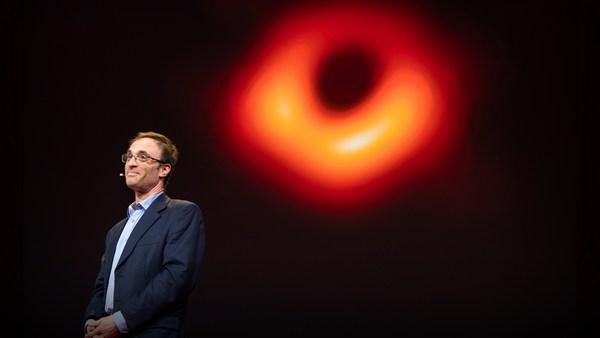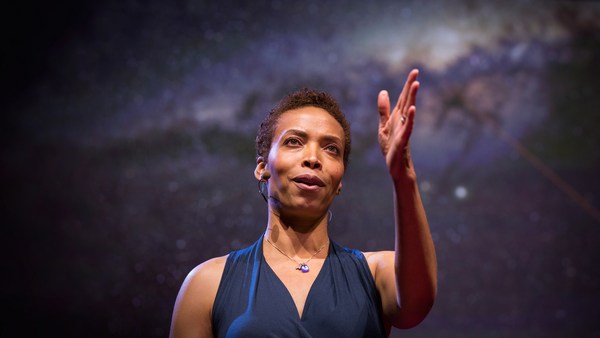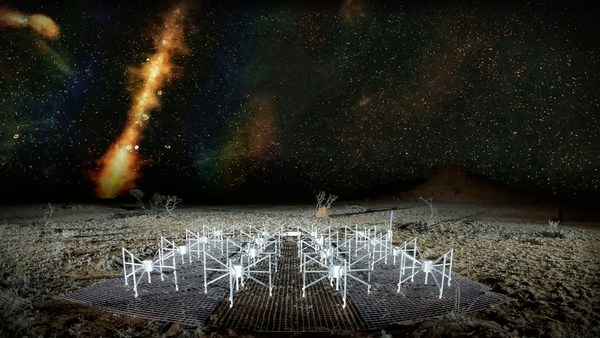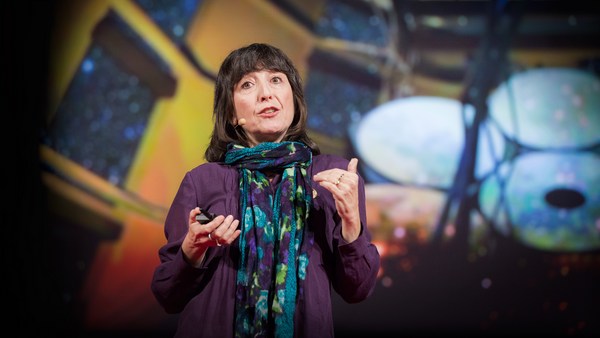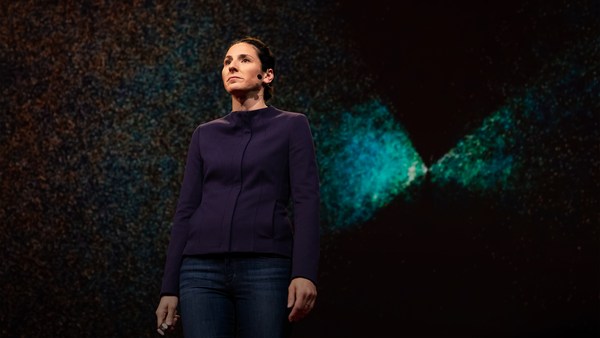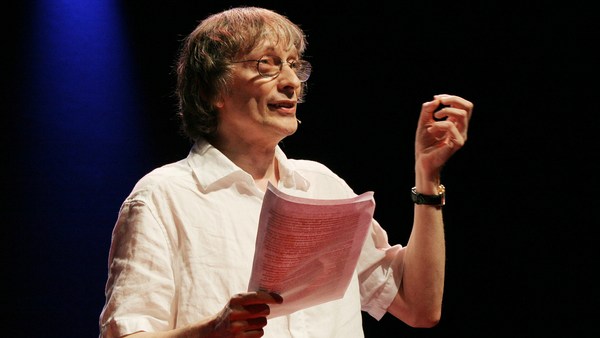I'm an astronomer who builds telescopes. I build telescopes because, number one, they are awesome. But number two, I believe if you want to discover a new thing about the universe, you have to look at the universe in a new way. New technologies in astronomy -- things like lenses, photographic plates, all the way up to space telescopes -- each gave us new ways to see the universe and directly led to a new understanding of our place in it.
But those discoveries come with a cost. It took thousands of people and 44 years to get the Hubble Space Telescope from an idea into orbit. It takes time, it takes a tolerance for failure, it takes individual people choosing every day not to give up. I know how hard that choice is because I live it. The reality of my job is that I fail almost all the time and still keep going, because that's how telescopes get built.
The telescope I helped build is called the faint intergalactic-medium red-shifted emission balloon, which is a mouthful, so we call it "FIREBall." And don't worry, it is not going to explode at the end of this story. I've been working on FIREBall for more than 10 years and now lead the team of incredible people who built it. FIREBall is designed to observe some of the faintest structures known: huge clouds of hydrogen gas. These clouds are giant. They are even bigger than whatever you're thinking of. They are huge, huge clouds of hydrogen that we think flow into and out of galaxies. I work on FIREBall because what I really want is to take our view of the universe from one with just light from stars to one where we can see and measure every atom that exists. That's all that I want to do.
(Laughter)
But observing at least some of those atoms is crucial to our understanding of why galaxies look the way they do. I want to know how that hydrogen gas gets into a galaxy and creates a star. My work on FIREBall started in 2008, working not on the telescope but on the light sensor, which is the heart of any telescope. This new sensor was being developed by a team that I joined at NASA's Jet Propulsion Laboratory. And our goal was to prove that this sensor would work really well to detect that hydrogen gas.
In my work on this, I destroyed several very, very, very expensive sensors before realizing that the machine I was using created a plasma that shorted out anything electrical that we put in it. We used a different machine, there were other challenges, and it took years to get it right. But when that first sensor worked, it was glorious. And our sensors are now 10 times better than the previous state of the art and are getting put into all kinds of new telescopes. Our sensors will give us a new way to see the universe and our place in it.
So, sensors done, time to build a telescope. And FIREBall is weird as far as telescopes go, because it's not in space, and it's not on the ground. Instead, it hangs on a cable from a giant balloon and observes for one night only from 130,000 feet in the stratosphere, at the very edge of space. This is partly because the edge of space is much cheaper than actual space.
(Laughter)
So building it, of course, more failures: mirrors that failed, scratched mirrors that had to be remade; cooling system failures, an entire system that had to be remade; calibration failures, we ran tests again and again and again and again; failures when you literally least expect them: we had an adorable but super angry baby falcon that landed on our spectrograph tank one day.
(Laughter)
Although to be fair, this was the greatest day in the history of this project.
(Laughter)
I really loved that falcon.
But falcon damage fixed, we got it built for an August 2017 launch attempt -- and then failed to launch, due to six weeks of continuous rain in the New Mexico desert.
(Laughter)
Our spirits dampened, we showed up again, August 2018, year 10. And on the morning of September 22nd, we finally got the telescope launched.
(Applause)
I have put so much of myself -- my whole life -- into this project, and I, like, still can't believe that that happened. And I have this picture that's taken right around sunset on that day of our balloon, FIREBall hanging from it, and the nearly full moon. And I love this picture. God, I love it.
But I look at it, and it makes me want to cry, because when fully inflated, these balloons are spherical, and this one isn't. It's shaped like a teardrop. And that's because there is a hole in it. Sometimes balloons fail, too. FIREBall crash-landed in the New Mexico desert, and we didn't get the data that we wanted. And at the end of that day, I thought to myself, "Why am I doing this?"
And I've thought a lot about why since that day. And I've realized that all of my work has been full of things that break and fail, that we don't understand and they fail, that we just get wrong the first time, and so they fail. I think about the thousands of people who built Hubble and how many failures they endured. There were countless failures, heartbreaking failures, even when it was in space. And none of those failures were a reason for them to give up. I think about why I love my job. I want to know what is happening in the universe. You all want to know what's happening in the universe, too. I want to know what's going on with that hydrogen. And so I've realized that discovery is mostly a process of finding things that don't work, and failure is inevitable when you're pushing the limits of knowledge. And that's what I want to do.
So I'm choosing to keep going. And our team is going to do what everyone who has ever built anything before us has done: we're going to try again, in 2020.
And it might feel like a failure today -- and it really does -- but it's only going to stay a failure if I give up.
Thank you very much.
(Applause)
